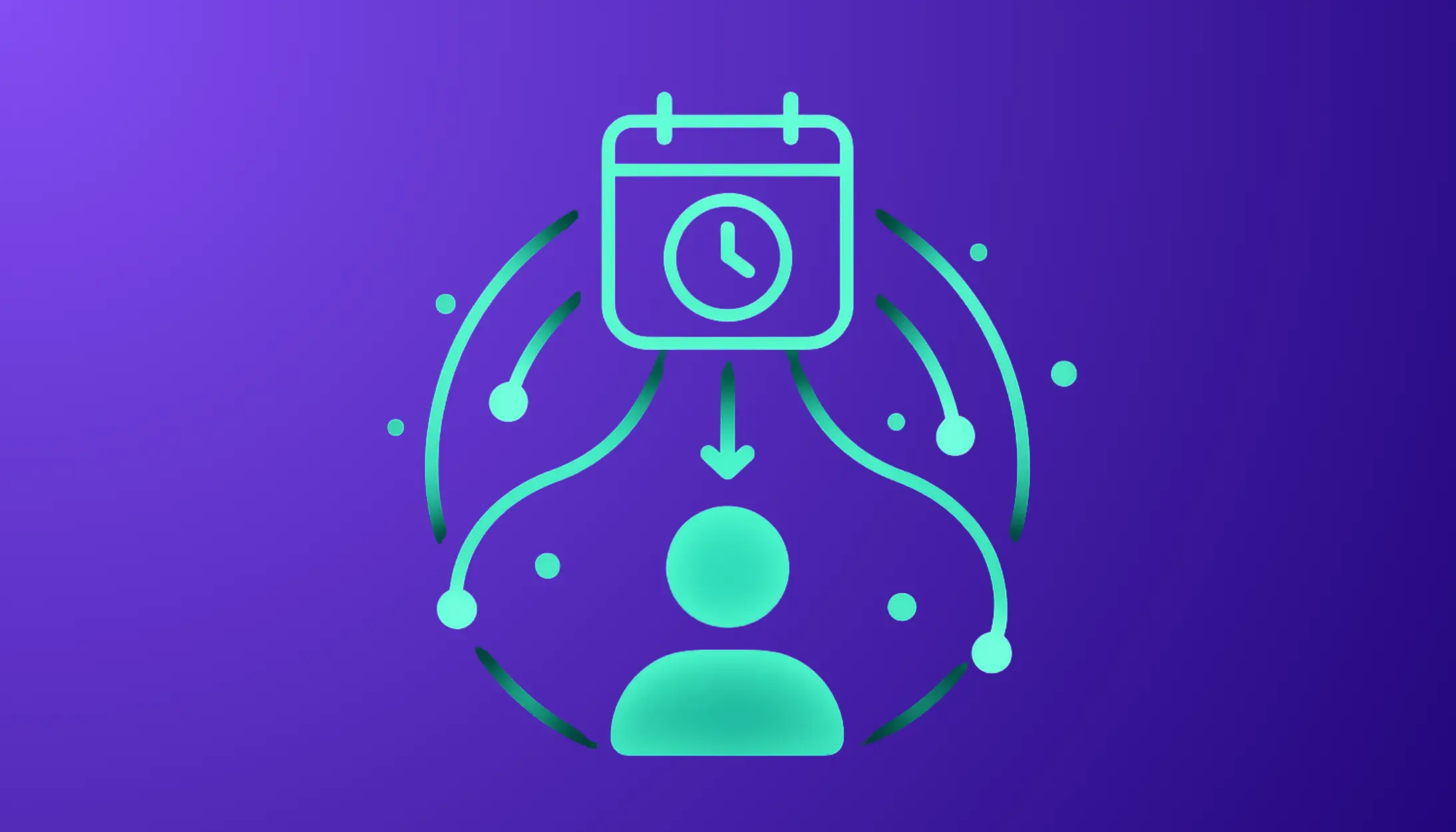Customer retention strategies that strengthen long-term revenue
.webp)
Retention is the most stable source of growth for any subscription business. Acquisition may drive spikes in signups, but retention determines how much revenue remains, compounds, and becomes predictable. What separates high-performing consumer subscription companies is their ability to shape user behavior over time with deliberate, measurable strategies.
The most effective retention programs are built on a combination of behavior insights, structured experimentation, and automated reinforcement. When commercial teams design their lifecycle around these principles, retention moves from a reactive task to a sustained revenue engine.
This article outlines modern retention strategies tailored for consumer subscription businesses, with practical direction for teams that want to improve outcomes without rebuilding their entire lifecycle.
Strengthen onboarding with clear milestones
The onboarding period sets the foundation for long-term retention. New users who reach value quickly tend to adopt features faster, become confident users sooner, and upgrade with fewer barriers.
Retention teams can improve onboarding by defining clear milestones. The first milestone could be completing setup, the second activating a key feature, and the third performing a meaningful action that reflects early success. These milestones help teams narrow down what needs to happen within the first few sessions. Teams can then introduce timely nudges that reinforce these steps and test which sequence drives adoption most effectively.
Strong onboarding shortens the time it takes for users to understand the value of the product and creates momentum that improves downstream engagement.
Reinforce usage with targeted engagement prompts
Users stick with a subscription when they find consistent value. Engagement prompts that reflect usage patterns help reinforce that value at the right moments.
The strongest engagement programs focus on:
- Monitor how often users interact with core features and trigger reminders when activity dips.
- Celebrate milestones or usage achievements that naturally motivate continued use.
- Highlight under-utilized features only when they align with existing behavior patterns, so recommendations feel relevant rather than intrusive.
Engagement prompts work best when they are driven by real usage rather than generic schedules. They keep the product visible, useful, and connected to the user’s goals.
Introduce upgrade paths rooted in behavior
Upsells perform well when they match user intent. Companies that observe behavior signals can introduce upgrade options at moments when the value is clear and the user is primed.
Effective upgrade strategies do the following:
- They identify high-intent moments, such as users interacting with gated or premium-adjacent features
- They explain the value unlocked in simple, contextual language that fits the user’s workflow.
- They tailor messages by persona, acknowledging that different users often have different upgrade motivators.
The goal is to surface the right prompt at the right moment of intent. When upgrade prompts align with what the user is trying to achieve, revenue lifts become more consistent and less dependent on large campaigns.
Reduce churn risk with early-warning signals
Churn rarely happens suddenly. Usage drop-offs, reduced activity within key features, or changes in billing patterns often occur weeks before cancellation. Teams that monitor these indicators can intervene before churn becomes a decision.
A strong churn-reduction strategy includes the following:
- Defined behaviors that represent early risk, such as fewer logins, reduced use of a core feature, or paused account activity.
- Introduce subtle prompts that reinstate value or highlight capabilities the user may benefit from.
- Provide flexible options that let users stay engaged without fully canceling.
The aim is to offer relevant support at the right time rather than a one-size-fits-all retention push. Early-stage interventions often stabilize retention quickly and protect recurring revenue.
Reactivate dormant or churned users with targeted outreach
Dormant users represent untapped value. Many teams avoid reactivation campaigns out of concern that outreach may trigger cancellations, but users who have disengaged are already at risk. An informed winback strategy can reintroduce value and recover revenue.
Effective reactivation strategies rely on segmentation.

Price-sensitive users respond well to flexible plan options. Users who disengaged due to a lack of clarity benefit from refreshed onboarding prompts. Users who left because they outgrew the product may return when new features align with their needs. Reactivation messages that reflect these differences tend to produce higher response rates and shorter paths back to regular use.
Use experimentation to validate decisions
Retention improves when teams learn continuously. Experimentation turns intuition into evidence and reveals what truly influences user behavior across the lifecycle.
Teams can benefit from a simple testing structure that includes:
- Define treatment and control groups, measure outcomes across multiple billing cycles, and compare the results with confidence.
- Repeat tests where signals are unclear to strengthen the findings.
- Promote only validated outcomes into ongoing programs to ensure lifecycle decisions reflect real user data and support long-term impact.
Experimentation shifts retention from guesswork to a measurable strategy.
Build automation around what works
Retention gains accelerate when successful interventions are automated. Automation turns proven outcomes into systems that repeat themselves without manual effort of selecting the successful variation. It also ensures that new users benefit from what has already been validated.
An effective automation follows a simple framework that consists of:
- Route users into journeys based on behavior signals.
- Introduce guardrails such as frequency caps and exit rules to protect user experience.
- Monitor performance continuously to catch changes early and refresh journeys before they stall.
Automation multiplies the impact of strong retention strategies and reduces operational burden for lifecycle teams.
Strengthen your product loops with feedback
Retention is strengthened when teams understand why users stay and why they leave. Subscription companies that collect feedback at meaningful points gain insights that support product development and messaging. Feedback closes the loop between product, marketing, and lifecycle operations.
Closing thoughts
Customer retention strategies are most effective when they are simple, measurable, and grounded in user behavior. Onboarding milestones, targeted engagement prompts, intent-based upgrades, early risk detection, segmented reactivation, disciplined experimentation, and automation each contribute to durable subscription health. Talk to our team today if implementing an end-to-end retention program is your goal: https://www.subsets.com/demo


.svg)

.svg)

.webp)
.webp)